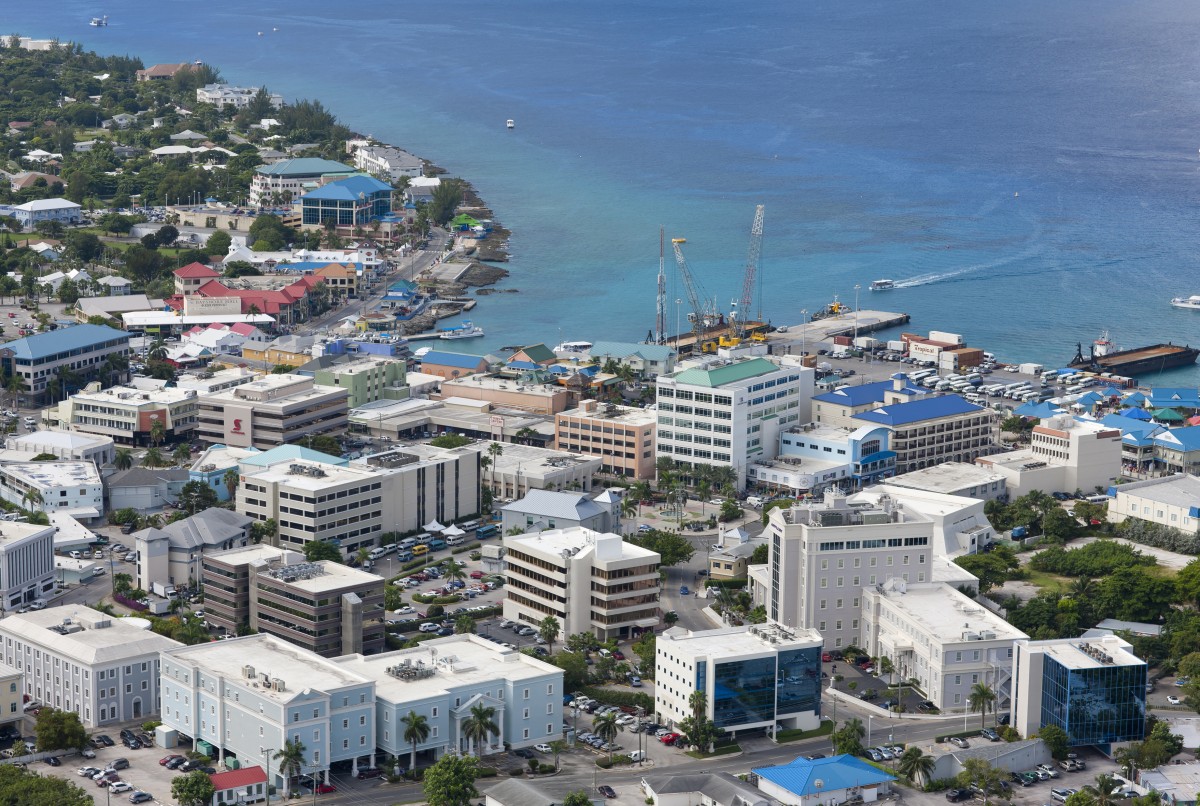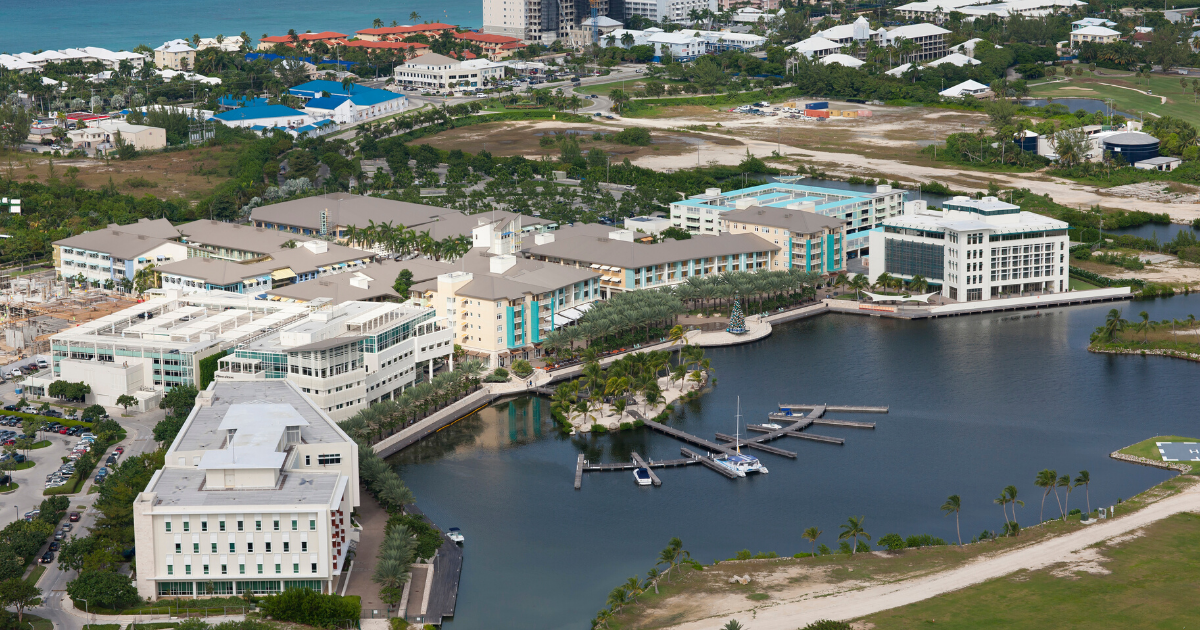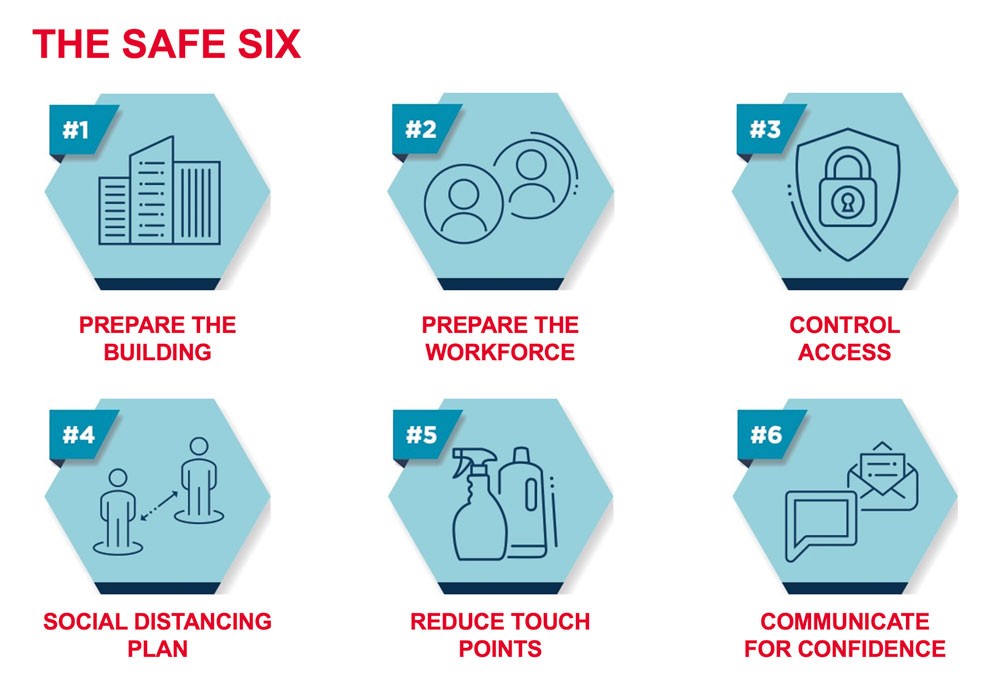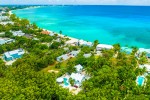
- Home Page
- Cayman Real Estate News & Views
The "new Normal" Of Commercial Real Estate In Cayman
May 29, 2020 CAYMAN ISLAND REAL ESTATE NEWS , CAYMAN ISLANDS FINANCIAL SERVICES , CAYMAN ISLANDS REAL ESTATE MARKET UPDATE , CAYMAN PROPERTY MARKET NEWS , INVESTING IN CAYMAN , LIVING IN THE CAYMAN ISLANDS , commercial real estate cayman , Cayman Office Space for Lease , LEASING CAYMAN COMMERCIAL SPACE
As we begin to slowly emerge from the Shelter in Place, which started on March 22nd, 2020, we look at how Cayman's commercial real estate market is reshaping due to the Covid19 global pandemic and perhaps striking a better work/life balance in Cayman, post-pandemic.
Why is the commercial real estate market so crucial in the Cayman Islands?
Well, we can quickly answer that by saying, "financial services generated CI$1.74 billion of the GDP in 2017 (44.1% of the total economy) and accounted for 16.8% of all employment."
(Source: Ministry of Financial Services)
Cayman has long been the epicentre for global markets and the world's leading providers of institutionally focused, specialised financial services and a preferred destination for the structuring and domiciling of sophisticated financial services products. Many of the top 4 firms such as EY, PWC, Deloitte, and State Street have offices in Cayman. These firms lease an average +/- 15,000 square feet of prime commercial real estate in the central business districts of George Town and Camana Bay.
If we were to step back 35 years ago, social distancing would not have been an issue for most companies – with their oversized executive offices and exaggerated cubicles. It was as easy to see how one had minimal physical contact with their co-workers. Distancing does not play true in today's market. Most firms have since adapted to; open floor plans with bench-style working desks, 6x6 ft break-out rooms, an average of 75 sqft per person, allowing for a dense collaborative work environment.

So, what happens to commercial real estate when the Cayman Islands economy reopens?
Some refer to this as the surprise work-from-home experiment. Now waged on from a few weeks to a few months, is remote work here to stay? Do we all just leave the comfort of working from the safety of our homes? Let's take a look at what I think could be the possible outcome as we look towards; the "new normal" of the commercial real estate market…..and could it be better for Cayman?
Jump forward to January 2021, areas are stabilising from the COVID-19 pandemic and stay-at-home restrictions lifted, organisations will begin to bring workers back into the physical workplace. The local economy, with its health and safety guidelines – is operating at 75%. Tourism has yet to return, but the backbone of these Caribbean islands, the off-shore finance and construction industry, has stepped up and kept the engine running and not stalling. Because of our close ties with the US market, and the majority of the top 4 firm's headquarters locations there, it's only evident that implementation of operational guidelines occurs here also.
Cushman Wakefield, the worlds largest commercial real estate services firm refers to these as the Safe Six
- #1 Prepare the building
- #2 Prepare the workforce
- #3 Control Access
- #4 Social Distancing plan
- #5 Reduce touchpoints
- #6 Communicate for confidence
Let's breakdown #4 Social Distance Plan
So we all loved our desk, with its sweeping views of the George Town harbour, your colleague sat a mere 3 feet away from you. How does this comply with social distancing protocols? It doesn't… Companies may be considering phasing in employees based on their roles/functions. For example, the IT department will obviously be called in to set up computers and printers, get servers back online etc. But, are they essential to be present Monday to Friday from 8 am to 5 pm? For some, maybe, for others, their function can probably be done from home.
Alternating workweeks in the office and working from home, staggered arrival/departure times, or allowing teams to negotiate their own 'in-office' schedules may be another possible solution and will ease peak traffic congestion. Some firms may take it a bit further by; introducing planning to support social distancing office protocols by monitoring space usage – do you need all of the conference and break-out rooms? Repurpose them to allow for additional seating plans. Open floor plan offices may want to add panels between desks, including adjustable height panels for sit or standing desks. Enforce stringent cleaning protocols for shared space. Reduce the capacity of common areas—e.g., lunchrooms, washrooms, and elevators – by permitting a set number of personnel in these spaces at any one time. Overall, reducing as many touchpoints as possible, to ensure a safe and healthy work environment.
In a recent webinar Knight Frank, global leaders in the commercial real estate industry suggested that large scale office tenants may require between 40-60% extra space if they are to need their entire workforce to return to the office and social distancing measures. While there are vacancies in Cayman's commercial real estate market, will landlords offer more flexible terms? Or will this need for extra space be transferred into the residential market via employee's, i.e. in their spare bedroom or dining room table?
Will working from home prove to be the temporary solution to the dreaded, traffic problem?
In the last two months, the Governor's office has organised numerous repatriation flights leaving Grand Cayman – taking with them scores of residents (mainly from the tourism/hospitality sectors) returning to their homeland until better days ahead. Government has instituted numerous policies to permit movement around the island; the most notable is by the first letter of your last name on alternating days of the week. This restriction of movement allows the National Roads Authority time to expedite their network of road improvements while the roads are quieter. How and when schools return will also necessitate consideration.
The Public Transportation Board has been effective in encouraging the safe and timely operation of the public transportation system. Public and private sector discussions need to continue to exit us out of this 'crisis phase' and into recovery mode for our beloved isles.
So with these factors, we are experiencing shorter travel times to and from our destination. If this holds, this will be great news for the downtown business community and the commercial real estate located there; there will be ample parking stalls available for staffers and people conducting business. People have even become accustomed to riding, walking and e-scooters as a form of exercise during the lockdown period – will these trends continue long after we get back to the "new normal of business?" time will tell.
I welcome your thoughts and input on this; please contact me
Categories
- Uncategorized (14)
- Banks In The Cayman Islands (1)
- Casa Luna (13)
- Cayman Enterprise City (6)
- Cayman Financial Institutions (1)
- Cayman Health City (2)
- Cayman Island Real Estate News (24)
- Cayman Islands Activities (5)
- Cayman Islands Financial Services (3)
- Cayman Islands Real Estate Market Update (16)
- Cayman Property Market News (5)
- Chestertons International Property (3)
- First Time Caymanian Buyers (1)
- Investing In Cayman (3)
- Living In The Cayman Islands (9)
- Retiring In The Cayman Islands (1)
- Selling Cayman Island's Real Estate (3)
- Tax Advantages To Cayman (1)
- Relocation Cayman (4)
- Global Real Estate (2)
- Leverage Re Global Partners (2)
- Cayman Islands Humane Society (1)
- Davenport Development Cayman (1)
- Dart Realty Cayman (1)
- Cayman Islands Construction (1)
- New Developments Cayman (1)
- Buy Off Plan In Cayman (1)
- Commercial Real Estate Cayman (1)
- Cayman Office Space For Lease (1)
- Leasing Cayman Commercial Space (1)
- Covid-19 Free Country (2)
- Covid-19 Free Cayman Islands (3)
- Welcome Back To The Cayman Islands! (1)













